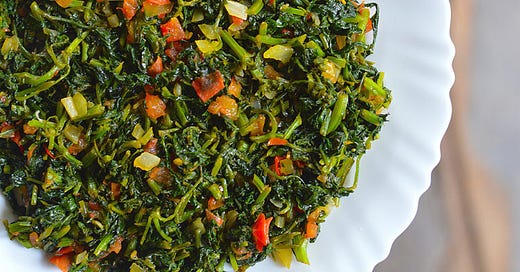Rhapsody in Ruin: Climate Change's Devastating Impacts on Animal Habitats
Frog habitats the world over face challenges, with between fifteen percent and thirty-six percent of them expected to regularly experience drought, while an international team of scientists discovered that by 2080 to 2100, anywhere from seven percent to more than thirty percent of frog habitats may become too arid for the survival of the species.
Elephant habitats the world over face problems, with some of the places experiencing temperatures of over 24 degrees instead of less than the 24 degrees Celsius the animal needs to survive, the giant mammal having to travel vast distances to eat up the normal 150 kilograms (330 pounds) of forage and drink up to 190 liters (50 gallons) of water per day.
Koala habitats in Australia face challenges, with the area experiencing 45 degrees Celsius (113 degrees Fahrenheit) 10 days in row, whereas the thermoregulation of koalas stands at about 37 degrees Celsius (98.6 degrees Fahrenheit), the population of the species showing a decline as a result.
Apart from frogs, elephants, and koalas, the habitats of such animals as giraffe, vultures, penguins, coral animals, African wild dogs, mountain gorillas, kangaroos, and amphibians face challenges, either drying up from droughts or high temperatures, the environment too arid for living.
Globally, frog habitats change for the worse principally through global warming effects, which not only bring regular occurrences of drought but also fuel habitat fragmentation through a 51 percent decrease in core patch size, nine percent increase in mean-cost patch, and a 19 percent increase in the cost-weighted distance.
In Kenya, elephant habitats transform for the worse through climate change effects, which not only bring temperatures as high as over 24 degrees Celsius, but also deadly droughts, the worst of them in 40 years happening last year, the ensuing rainfall too little to enable the habitats to thrive.
In Australia, koala habitats evolve for the worst through the phenomenon of climate change, which not only brings temperatures above 45 degrees Celsius for many days, but also causes the burning of eucalyptus trees, making bushfires attain speeds of up to 30 kilometers per hour, events that make the habitat less livable for koalas.
Apart from the habitats of koalas, elephants, and frogs, climate change also causes the fragmentation in the abodes of the giraffe, vultures, penguins, viral reef animals, and the others, by not only bringing high temperatures and low rains, but also inspiring long periods of drought.
If climate change persists, scientists project that between seven and 30 percent of frog habitats could dry up by 2100, seen within a 2.7 degrees Celsius increase in global temperatures, while between 15 percent and 36 percent of these areas may experience drought due to incessant heat waves.
If the present trend remains, scientists predict that the warmest month's maximum air temperature will rise in elephant habitats in Asia and Africa by 2050, with the great mammal in Zimbabwe losing 40 percent of its area, while Asian elephants could lose about 45.7 percent at the same period, events that could bring frequent human-elephant conflicts.
With climate change effects not abating, rising carbon dioxide levels may increase the vulnerability of the Australian vegetation to bushfires, thereby limiting the habitats of koalas, who by 2070 may no longer call large parts of the country home, especially as 39.56 percent of koala habitats is seen as highly vulnerable, a figure rising to 44.61 percent by 2070.
The habitats of giraffes and the rest face the same situation as those of frogs, koalas, and elephants, because climate change could fuel the fragmentation of their abodes through droughts and high temperatures, leaving their habitats unlivable.
Nations should consider habitat restoration by thoughtful management of natural parks, wildlife sanctuaries, protected in-land water bodies, or animals such as frogs, elephants, koalas giraffes, wild dogs, and the others might find it difficult living in them, a situation leading to biodiversity loss on a catastrophic scale.
What to Eat
Vegan food from Zimbabwe, Credit, Zimbokitchen.com




